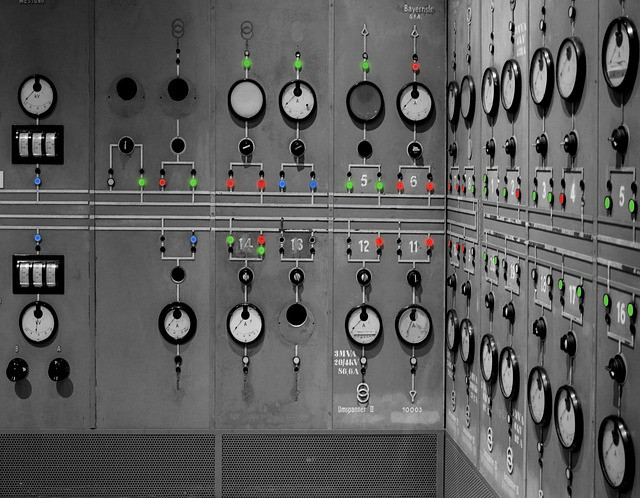Lumens are like measuring cups for light. Imagine you’re pouring light into a cup to measure it; the amount of light you pour is the lumens. So, when I say a light bulb has a high number of lumens, it means it’s really bright. Before, I used to think about bulbs in terms of watts, like 50W or 60W. But watts tell you how much energy the bulb uses, not how bright or efficient it is. Now, with lumens, you can know exactly how bright a light will shine. The more lumens, the brighter the light!

What is the difference between a Watt and a Lumen?
A Watt and a Lumen measurement are like apples and oranges – they’re different things. Watts measures how much energy a bulb uses, kind of like how we think about gas for cars. On the other amount of light at hand, Lumens tells us how bright a light bulb shines. Think of it like the volume on a speaker; the higher the number of them measured in lumens, the brighter the light. Now with Lumens, we can pick bulbs based on how bright they’ll be. So, remember: Watts is about energy use, and Lumens is all about brightness!
Luminous flux is known as Lumens and is a unit of light output
Luminous flux sounds like a fancy term, doesn’t it? But it’s just another name for Lumens, which helps us figure out and measure how bright a light is. Imagine you’re filling a bucket with light instead of water; the amount of light you fill is the lumens or the lamp or luminous flux. So, when you hear someone talking about a light bulb having a lot of lumens, they mean it’s super bright!

New Standards from the FTC, Focus on Lumens, Not Wattage
The FTC has introduced new rules for light bulbs. Instead of focusing on wattage, a measurement unit of power that tells us about energy use, we should now look at lumens, which indicate brightness. The Lighting Facts label on bulbs provides this information, showing brightness, energy cost, life, and type of light.
More light, less energy (Watts) with LED lighting products
LED lights are efficient. They give the same brightness as traditional bulbs but use less power consumption and less energy. For example, a 36-watt LED can replace an 84-watt fluorescent bulb and still shine just as bright. This means we use fewer power plants and produce less heat and fewer harmful gases.

How do I read the light bulb label?
New bulbs come with a label called “lighting facts.” Here’s how to read it:
Lightness (Lumens): This tells you the bulb’s brightness. For example, 1100 lumens is as bright as an old 75-watt bulb, while 820 lumens matches a 60-watt one.
Estimated Annual Costs: This shows how much the bulb might cost you in a year, based on daily use. It’s a good way to compare bulbs and see which one might save you money.

How many lumens do you need? Converting Watts to Lumens
Lumens tell us about how much light how bright light is, while watts show how much energy it is and how much light is used. Converting between them isn’t straightforward, but here are some general ideas:
1 watt is roughly 10 lumens.
A 40W bulb has about 450 lumens.
A 60W bulb gives around 800 lumens.
A traditional 100-watt bulb shines with 1,500-1,700 lumens.
LEDs usually produce 70 to 100 lumens per watt.
A powerful 500-watt halogen bulb emits between 8,000 to 10,500 lumens.

Look for the Energy STAR label
The ENERGY STAR label is a U.S. government-backed symbol that highlights products meeting strict energy efficiency guidelines. When you see this label on items, it means they’re designed to use less energy and reduce greenhouse gas emissions. For light bulbs, pairing the lumens with the ENERGY STAR label ensures you’re choosing a bright and energy-saving option.

Look at the bulb’s Color Rendering Index (CRI)
The index is measured from 0-100, with a perfect 100 indicating that the colors of objects under the light source appear the same as they would under natural sunlight

Conclusion
Lumens help us know how bright a light bulb is and how much light is. In the past, we looked at watts, like when you see “60W” on a bulb box. But watts just tell us how much energy the bulb uses. Now, we use lumens to pick how bright we want our rooms. For example, a usual bulb you might have at home shines with about 800 lumens. The government is also telling companies to focus more on lumens, which is why you’ll see it on light bulb boxes. Some special bulbs have an ENERGY STAR sticker.
Frequently Asked Questions
Is 500 lumens very bright?
Typically a light output of 500 lumens can be used in reading and writing work. For more complicated work, it can be up to 1100 lumens. A typical LED lamp must have 300 lumens and a brightness output rating ranging between 900 lumens.
Does more lumens mean more bright?
A higher lumen means more illumination – less lumen means darker illumination – Lumen lets you choose the light that suits you. If you’re shopping for a lamp or particular bulb at a lighting store, think lumens instead of watts.
What is a lumen of light?
Lumens are simply a further measure or measurement of the visible light in light sources. The more lumens, the brighter and more “blurring” they look.
What does 1 lumen look like?
One lumen equals the light output of one birthday candle which is one foot away from your house. For optimum room illumination, an efficient, ordinary 60-watt lamp emits between 500 and 1000 lumens. Choose bulbs that are more than 1000 lumens in brightness.
What does 2000 lumens mean?
A lumen represents light output as measured in metric units. The lumen required is determined by multiplying a floor area by a floor foot count. The average 100–square–foot living area needs a light output of around 200 lumens.